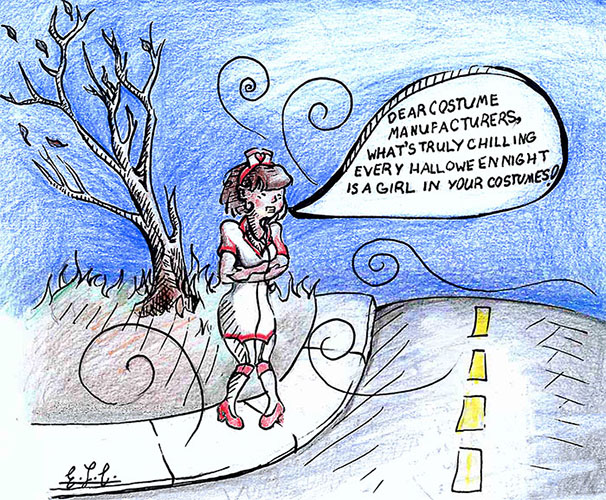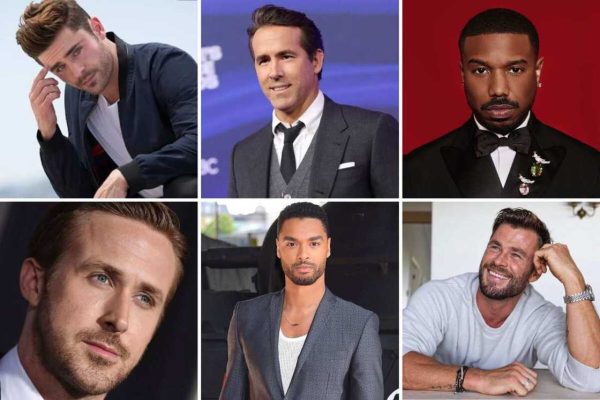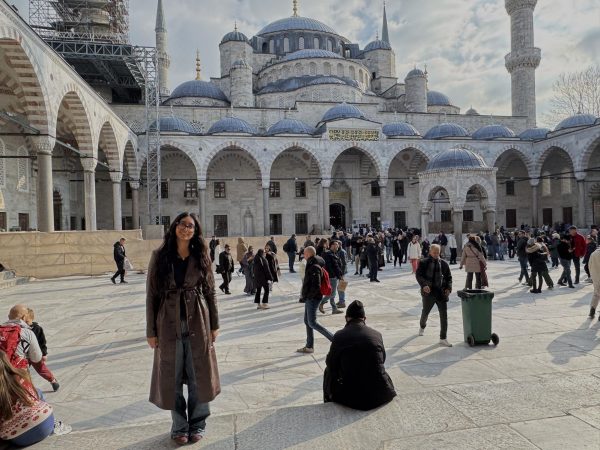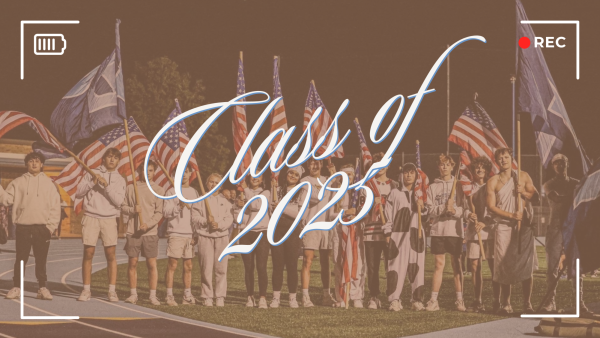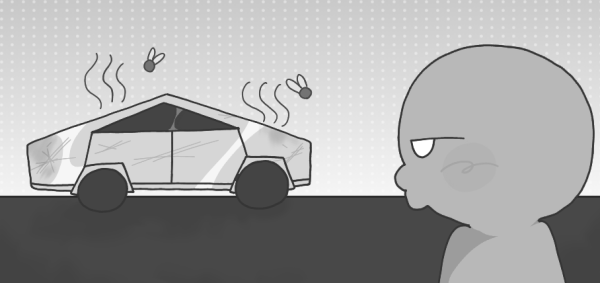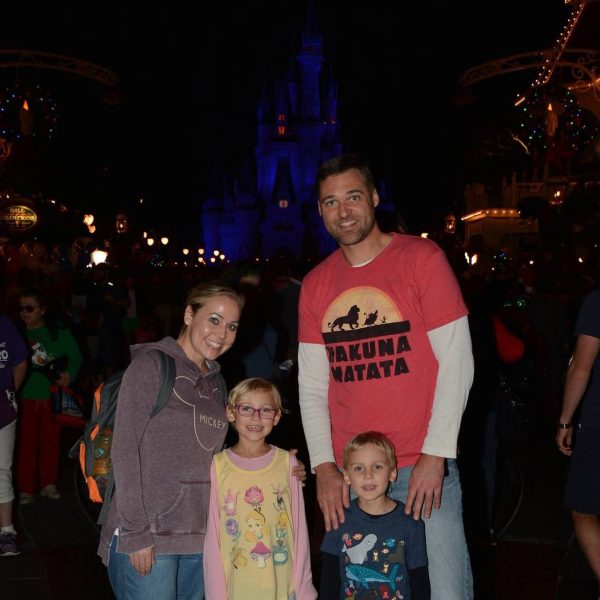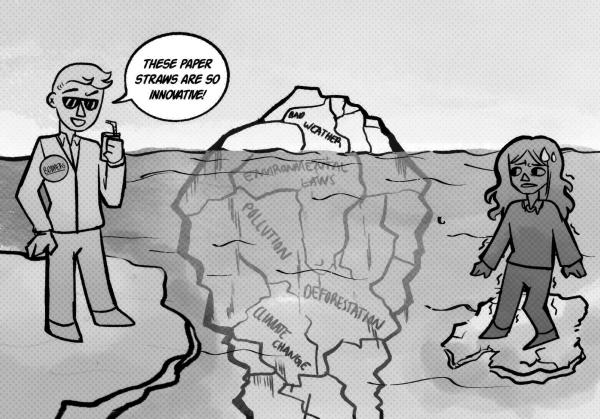Halloween is sexist: how costume manufacturers hypersexualize women and hyper-masculinize men
Costume manufacturers play into gender stereotypes.
A majority of my friends in elementary school who were girls dressed up as either cats, princesses, or some sort of television character who was popular at the time for Halloween. One Halloween I wore a werewolf mask that had massive fangs and tangly fur — I thought it was cool.
I do not remember a lot of our elementary school Halloween parties, but I do remember getting odd looks and being questioned multiple times, even by my friends’ parents, about why I was not dressed up as a princess. One mother said to me, “You look just like Cinderella — why didn’t you dress up like her?”
Whenever I’m browsing Pinterest for quick and cheap costumes, shopping at a Halloween store, I notice that the men’s costumes are mostly superheroes and gory outfits, while most of the women’s costumes are revealing, form-fitting or have “sexy” tagged in front of the titles.
I began to question why the costume culture between males and females differed so greatly.
There is nothing wrong with dressing a certain way for Halloween and nobody should be criticized for it; however, the discrepancy of Halloween costumes lies within gender roles and stereotypes.
The men’s sections that I looked through were monopolized by costumes that had either foam or outlined/highlighted muscles and some sort of hypermasculinized addition to the outfit.
For both men and women, Halloween costumes support the gender roles and stereotypes of femininity and masculinity among all ages. They cement the norm of society in which women have thin waists and a curvy figure while men have extremely muscular bodies. This expectation is unrealistic, and it is quite frankly disgusting that costume manufacturers and stores continue to impose this standard in a progressive society.
Women’s costumes focusing on being sexy and pleasing to one’s eye and men’s costumes playing into the expectation of being extremely built are not the only problematic portions of Halloween costumes. One can see several issues even with children’s costumes.
When I went to Party City’s website, the cover photo for the girl’s costume section is a young girl in a hot-pink, sleeveless Batman dress, and the cover photo for the boy’s costume section is a young boy in a Captain America costume augmented with shoulder pads and foam biceps.
The young boy’s costumes are implanted with bulky foam muscles. This imposes the expectation of men being extremely muscular and creates an expectation of hypermasculinity starting at a very young age. Commanding these standards of how a man’s body should look like can have detrimental consequences to a child’s mental health and self-image.
I do believe that women and men can choose to dress in whatever way they please and that they are not being forced to dress in any particular manner, regardless of expectations. The way costumes are marketed towards men and women and centuries of established gender roles and stereotypes impact what someone buys more than one’s personal opinion.
The commonality and longstanding issues of gender roles and stereotypes are unrealistic expectations resulting from years of discrimination and cultural traditions. Costume companies use these in order to impose societal norms and conformity beginning at a young age in the marketing of their products.
An increase in awareness among consumers of how companies include gender stereotypes in the selling of their products can ultimately assist in breaking the societal norms of hypersexualization of women and hypermasculinization of men.

